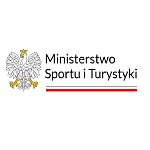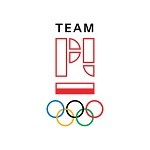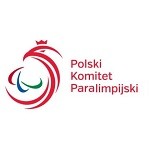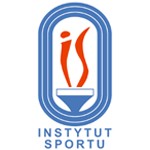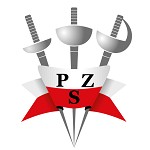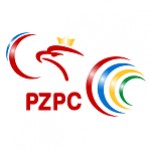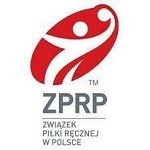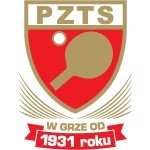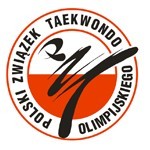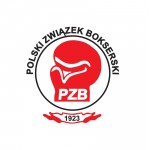Cryotherapy has been successfully used for many years for various types of disorders, mainly rheumatoid, and is widely used in prevention, treatment and rehabilitation.
Systemic cryotherapy uses physiological and body reactions to cold in order to support basic treatment and facilitate movement therapy. Extremely low temperatures ranging from -120 to -130 degrees Celsius, achieved through the use of liquid nitrogen, are used in the treatment and rehabilitation process.
Whole-body cryotherapy involves placing the patient in a cryochamber where the temperature ranges from -60 degrees Celsius (in the atrium) to -120-130 degrees Celsius (in the ventricle). In order to obtain the cryotherapeutic effect, it is important to cool down the whole body surface, including the head, which has the largest number of thermoreceptors responsible for the therapeutic effect. Positive effects of staying in a cold chamber include: improved mood, relaxation of tense muscles, improved range of motion in joints, relieving pain and fatigue. It also has immunomodulating effects. It is necessary to perform a 20-minute warm-up on instruments after the 3-minute procedure.
Thanks to the treatment in the low temperature chamber (series of 10 - 14 treatments), the improvement is more intensive and generalised. This allows for the reduction or even withdrawal of painkillers and anti-inflammatory drugs and often for months of remission of chronic diseases.
The most valuable therapeutic effects of systemic cryotherapy are:
- Active, peripheral tissue congestion, which causes a better metabolism and rapid elimination of harmful products of metabolism, and thus determines the rapid healing of injuries and inflammation
- The feeling of subjective painlessness, which facilitates greater intensity and effectiveness of motor rehabilitation (cryorehabilitation), which persists for a long time with repeated cryotherapy treatments
- Relaxing skeletal muscles, strengthening their strength
- Reduce swelling in joints and soft tissues
- Increase in body immunityIncrease in serum levels of beneficial hormones
- Beneficial effects on the psyche (levels of fear, anxiety and excitability are reduced, perception and decision-making processes are increased, as well as the resistance of the central nervous system to fatigue)
- Strengthening of the structure of surface blood vessels
- Improvement of skin tone and cosmetic benefits
- Delaying the aging process (antioxidant effect)
- Biological regeneration of the body
- Improved well-being, relaxation, crispness, relaxation
INDICATIONS FOR WHOLE BODY SYSTEMIC CRYOTHERAPY ARE:
- Inflammatory diseases of the locomotor system: rheumatoid arthritis (RA), ankylosing spondylitis (AS), rheumatic fever and others
- Inflammatory changes in the joints of metabolic origin - gout (gout)
- Skin diseases with joint involvement - psoriatic arthritis
- Degenerative disease and secondary degenerative and deforming changes of peripheral joints and spine, pain syndromes in the course of cervical and lumbar discopathy
- Rheumatic diseases of soft tissues (myositis and fibromyositis) and connective tissue (collagenosis)
- Post-traumatic, overloading inflammatory reactions of joints, tendons and muscles
- Biological regeneration of tired muscles, including in high-performance sports (biostimulative effect)
- Multiple Sclerosis (MS)
- Primary and secondary osteoporosis (prevention)
- Relieve and/or abolish the symptoms of menopause
- Paresis and spastic limb contractures in the course of paraplegia, infantile cerebral palsy (facilitates rehabilitation)
- Post-operative conditions / persistent discomfort after meniscus removal or surgical treatment of joint instability
- Limb sprains, bruises and their consequences - swelling and effusions
- Fibromyalgia
- Cellulitis
- Wellness and weight loss
- Fresh burns and skin abrasions
- Depression
CRYOTHERAPY IN COMPETITIVE SPORT
In sports medicine, many injuries can be treated conservatively with appropriate physical therapy, massage, hydrotherapy and kinesitherapy. However, it often happens that sports injuries require surgical treatment. In both of these situations, the use of local or systemic cryotherapy (in a cryochamber) has an analgesic, anti-edematous, anti-inflammatory effect and regulates muscle tension
INDICATIONS FOR THE USE OF SYSTEMIC CRYOTHERAPY IN COMPETITIVE SPORTS:
- Muscles: traction injuries (stretching, fiber rupture, painful tension or spasms)
- Fascias: fascial compartment syndrome
- Ścięgna: sprains, strains, tendinoses, tendinopathies, sterile inflammation of tendons and attachments (knee muscle, Achilles tendon, tennis elbow, golf elbow, painful shoulder syndrome)
- Tendons: Damage to the joint capsule, damage to the articular cartilage
- Przeciążenia: e.g. patellofemoral syndrome (runner's knee), posterior thigh muscle syndrome, lumbar muscle syndrome (weightlifter's back), plantar fasciitis
- Chronic sports injuries e.g.: heel spur inflammation, Morton's metatarsal, fatigue metatarsal fractures
- Supporting biological regeneration (stimulating action)
- Support of endurance and strength training
- Acceleration of post-workout regeneration (oxidative stress regulation)
- Prevention of overloading
An additional effect of CRIOTHERAPIA is the stimulating effect on the organism, leading to an increase in its efficiency, thanks to which it is possible to obtain an anabolic effect, similar to that induced by taking pharmacological doping substances.
CONTRAINDICATIONS TO SYSTEMIC CRYOTHERAPY TREATMENT INCLUDE:
CONCLUSIONS:
- Age over 65
- History of venous thrombosis and peripheral arterial occlusion
- Excessive emotional lability expressed by, among other things, sweating of the skin
BEYOND:
- Severe cardiovascular disease (post myocardial infarction, coronary artery disease, arrhythmia, angina pectoris)
- Hypothyroidism
- Acute respiratory diseases of various origins
- Cancer diseases and states of severe cachexia
- Claustrophobia
- Active tuberculous process
- Cold intolerance
- Emaciation and hypothermia
- Effects of neuroleptics and alcohol
We also have local cryotherapy. It is an alternative for those who find themselves in the group of contraindications to the use of systemic cryotherapy.

